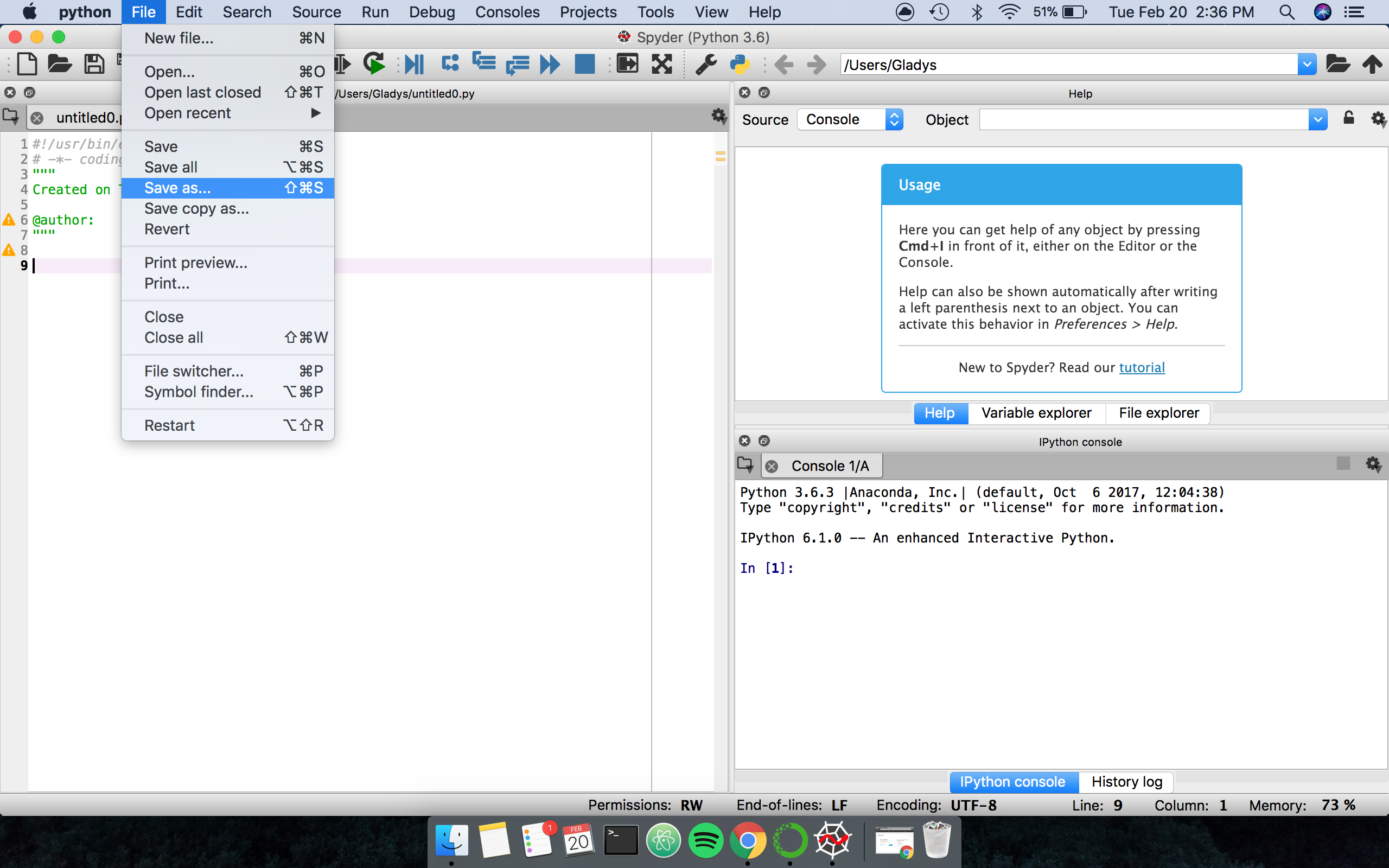
The open() method accepts many arguments, although the majority of the time you'll only use these two: In our case, since the file does not already exist, it is automatically created. In the example above we have opened a file, "new.txt" for reading and writing. For example, creating a file in Python can be done in a single line of code: open()Īs with just about anything in Python, performing many file-related tasks is very simple. When choosing a mode, take in to careful consideration what your use-case is and what all the file will be used for for the duration that it is open. If no file mode is specified, then r will be assumed by default.

rb: Opens a file for reading in Binary format.If a file already exists, it overwrites it. w+: Opens a file for writing but also for reading and creating it if it doesn't exist.In the case that the file does exist, it overwrites it. w: Opens a file for writing and creates a new file if it doesn't yet exist.

Let's take a look at some of the possible combinations of file modes: This mode is specified when opening a file using the built-in open() method, explained in further detail in the next section. The mode you choose depends on how you plan to use the file, or what kind of data you'll be reading (writing) from (to) the file. There are modes in which you can open a file in Python. Creating Files in Python File Opening Modes As with anything in programming, there are many ways to achieve the same goal when it comes to files, but in this article we'll stick with the basics and show the most common ways to perform these actions. The built-in methods it offers makes it very easy to handle files using a relatively small amount of code.

In this article, we'll cover the process of working with files using the Python programming language. These tasks could include (among others) creating, deleting, and moving files.
HOW TO MAKE A NEW FILE IN PYTHON SOFTWARE
There are a countless number of use-cases for files in software applications, so you'd be smart to make yourself deeply familiar with the tasks of manipulating files. They're very commonly used to store application data, user configurations, videos, images, etc. Handling files is an entry-level and fundamental skill for any programmer.


 0 kommentar(er)
0 kommentar(er)
